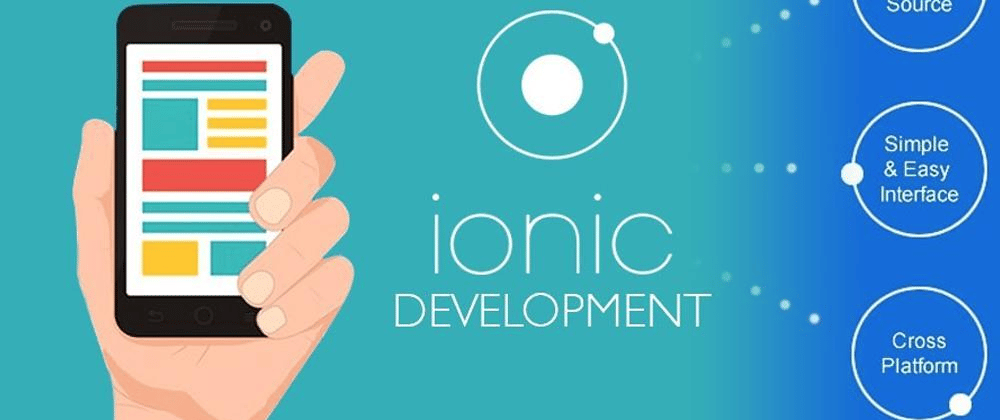Mobile applications have gotten an absolute necessity for some organizations across different businesses. It's fundamental that such applications run consistently on various platforms like iOS, Android and Windows. Utilizing the cross-platform mobile development approach, you can make such developments rapidly and cost-productively.
What Is Cross-Platform Development?
The expression "cross-platform mobile application development" or "cross mobile application development" justifies itself: this is a methodology that permits developers to fabricate a mobile development that is all the while viable with a few working frameworks and platforms (Android, iOS, Windows).

Cross applications have a local look and feel because of the blend of local code with free code that is appropriate for different platforms. Designers compose the code once and afterward reuse it, consequently making it conceivable to deliver an item rapidly.
To code cross-platform development, developers utilize middle-of-the-road development dialects — HTML, JavaScript, and CSS — not local to gadgets and OSs. At that point, applications are bundled into local holders and incorporated into platforms.
Regardless of whether your organization is making a mobile application for the application stores or for use inside, you are frequently confronted with the test of expecting to create it for various platforms. Regularly, this implies focusing on the two iOS and Android gadgets.
Dissimilar to the beginning of the "mobile" period where numerous designers just focused on an independent platform, statistical surveying today shows that the U.S. shopper market is around 47% Apple and 52 percent Android. As a key leader or designer, how would you tackle the issue of making your mobile application for both of these platforms?
For a few, their organization has the spending plan and assets to have two development groups, each development in the local conditions for the platform. While creating in every platform's local tooling gives you the benefit of being nearer to the platform, it accompanies an expense.
Indeed, there's the real expense of recruiting local developers from a more modest pool of ability, at the same time, more critically: Neither code base you're working with is sharable. Whatever code the iOS group creates, can't be reused by the Android group and the other way around. You currently have two separate code bases in presence, which should be independently kept up. Thus, if there is a change to the business rationale or plan that runs inside your application, your organization presently should refresh and test both code bases for this change.
Past that, there is the additional test of keeping the client experience adjusted across every platform. While you ought to follow the platform explicit client experience designs, you actually need the capacity to give custom contacts to your application. Once more, more work should be rehashed.
Examining the Structure of Your App
Presently, venture back briefly and take a gander at the center construction of your application. What is it made of at a part level?
A header, that contains a title, a few activities catches. Presumably a rundown of a couple of noteworthy things like structure components and catches, and possibly a tab bar or a side menu for route controls. At the center, genuinely stock and regular UI parts.
Take another second and stock of some the most utilized applications on your telephone, and I would expect that you can reduce them down to a standard assortment of parts too, similar to… catches, flips, inputs, list, and so on
All in all, in the event that we can deconstruct our application into these center parts, for what reason would it be advisable for us to need to code them more than once?
This is the place where cross-platform development systems, similar to Ionic, can give an answer for some designers.
How about we take a gander at that prior application we separated, yet perceive how it very well may be assembled utilizing Ionic's web parts:
My App User Name Password Forgot Password? Recollect Me? Sign In
Ionic would then be able to take this markup and, by utilizing its CSS, can deliver it as indicated by every platform's UI rules. Here is what this markup will resemble on the two iOS and Android.
Examining the Structure of Your App
Presently, venture back briefly and take a gander at the center construction of your application. What is it made of at a part level?
A header, that contains a title, a few activities catches. Presumably a rundown of a couple of noteworthy things like structure components and catches, and possibly a tab bar or a side menu for route controls. At the center, genuinely stock and regular UI parts.
Take another second and stock of some the most utilized applications on your telephone, and I would expect that you can reduce them down to a standard assortment of parts too, similar to… catches, flips, inputs, list, and so on
All in all, in the event that we can deconstruct our application into these center parts, for what reason would it be advisable for us to need to code them more than once?
This is the place where cross-platform development systems, similar to Ionic, can give an answer for some designers.
How about we take a gander at that prior application we separated, yet perceive how it very well may be assembled utilizing Ionic's web parts:
My App User Name Password Forgot Password? Recollect Me? Sign In
Ionic would then be able to take this markup and, by utilizing its CSS, can deliver it as indicated by every platform's UI rules. Here is what this markup will resemble on the two iOS and Android.
From one code base, you can deliver applications that look and feel really local on any platform. Take a gander at these two pictures, and you will see that the symbols are platform right, the textual styles are unique, the information controls mirror the default UI rules too. This was finished without any progressions to any of the default theming.
Following platforms Using Ionic
Another benefit of utilizing Ionic's UI parts is since they are working on web principles, your group can use their current web development abilities when fabricating their applications. This considers more prominent adaptability for your group's development: Instead of being secured in an independent platform, they can proceed to use and extend their specialized abilities.
A few developers would prefer not to utilize an electronic development, expecting that they will be restricted by the capacities of their client's mobile program. While more highlights are opening up in our programs, they are no counterpart for every one of the abilities that can be tended to by utilizing local interfaces. So this is your call to take into consideration the abilities of the developer when you are planning to hire ionic app developers.
To settle for this, both Capacitor and Cordova have a module plot, permitting you to utilize outsider modules that give you admittance to a wide scope of local code libraries. On the off chance that your application needs a standardized identification scanner, you can add the module into your project and cooperate with it straightforwardly from an independent code base.
At last, with the arrival of Ionic 4 and this adaptation being worked with web segments, it's UI library has now extended from utilizing Angular as its default system to similarity with any front-end structure like React, Vue, or even vanilla JavaScript. This implies that Ionic isn't simply cross-platform, yet additionally cross-system also—permitting you to utilize one development approach across groups, who can keep utilizing their front-end structure of decision.
All that said now is an extraordinary chance to investigate the Ionic UI system to perceive how it can diminish your organization's development time and expenses while making applications for iOS, Android, Progressive Web Apps (PWAs), and the sky's the limit from there.
Final Words
Do you want to know about other cross-platform approaches and how they contrast with Ionic? We've likewise composed a guide that jumps further into the diverse cross-platform draws near: Hybrid-Native versus Semi Hybrid Web versus Local. You can peruse more about the local layer of this sort of approach here and then contact the best Cross-platform app development company in India.
Good Luck!







Top comments (0)